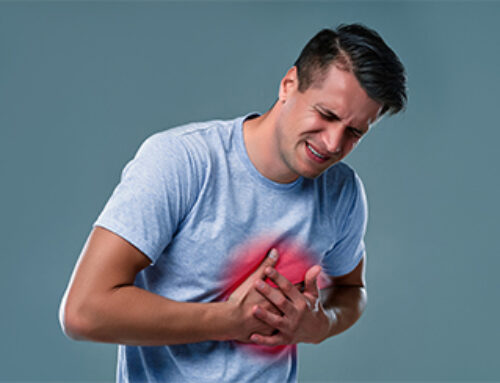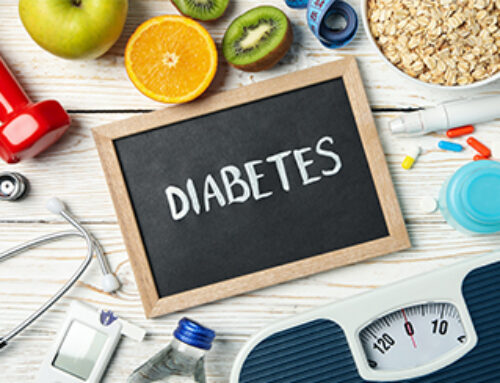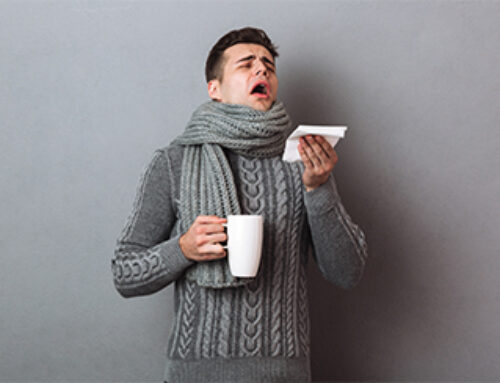Eczema has a recognizable pattern as seen in a number of skin diseases. Primary lesions may include papules, red macules, and vesicles, which can unite to form patches and plaques. In severe eczema, secondary lesions from infection or excoriation, marked by weeping and crusting, may predominate. Long-standing dermatitis is often dry and is characterized by thick scaly skin (lichenification).
Atopic dermatitis is a common causes of eczema, and is more prevalent in those with asthma and hay fever. It usually starts in childhood, and often gets milder or goes away by adulthood. It begins as red, raised tiny blisters containing fluid with red, elevated plaques. When the blisters break, the skin starts to discharge and ooze. In chronic eczema, the blisters are less but the skin becomes thick and scaly. Eczema almost always is very itchy.
ETIOLOGY
Eczema can be due to a host of other factors mentioned below:
- genes
- triggers in the environment
- Hot and cold temperatures: Very hot or cold weather, high and low humidity, and perspiration from exercise can bring out eczema.
- allergies
- dust mites, pets, pollens, mold, and dandruff can lead to eczema
- Foods: Dairy products, eggs, nuts and seeds, soy products, and wheat can cause eczema flare-ups.
- Irritants include soaps, shampoos, disinfectants etc.
- stress is not a direct cause of eczema but can make symptoms worse.
- hormones: Women can experience increased eczema symptoms at times when their hormone levels are changing, for example during pregnancy and at certain points in the menstrual cycle.
- microbes: These include bacteria such as Staphylococcus aureus, viruses, and certain fungi.
TYPES
- Allergic contact dermatitis: This is a skin reaction following contact with a substance or allergen that the immune system recognizes as foreign.
- Dyshidrotic eczema: This is an irritation of the skin on the palms of the hands and the soles of the feet. It is characterized by blisters.
- Neurodermatitis: This forms scaly patches of skin on the head, forearms, wrists, and lower legs. It is caused by a localized itch, such as an insect bite.
- Nummular eczema: show as circular patches of irritated skin that can become scaly, and itchy.
- Seborrheic eczema: This forms oily, scaly, yellowish patches of skin, usually on the scalp and face.
- Stasis dermatitis: This is a skin irritation of the lower leg usually related to circulatory problems.
SYMPTOMS AND SIGNS
Some common symptoms for all types of eczema:
- dry, scaly skin
- redness
- itching, which may be intense
In addition, symptoms of other types of dermatitis
Contact dermatitis
- fluid-filled blisters can form that may ooze and crust over
- over time, the skin may thicken and feel scaly or rubbery
Dyshidrotic eczema
- fluid-filled blisters on fingers, toes, palms, and soles
DIAGNOSIS
The diagnosis of eczemais established by medical history, examination, and allergy test
TREATMENT
Eczema often comes and goes. Few treatment options are described below:
- Antihistaminessuch asdiphenhydramine to control the itch.
- Corticosteroid cream or ointment to reduce the itch; for a more severe reaction, steroids like prednisone to control swelling.
- Antibiotics to treat skin infections.
- Light therapy exposes skin to ultraviolet light to heal rash.
If an allergic reaction results in a flare-up of your eczema, the patient should avoid the substance that triggers it.
Few things that people with eczema can do to support skin health and alleviate symptoms are mentioned below:
- take lukewarm baths
- moisturizing every day
- wearing cotton and soft fabrics, and avoiding rough, scratchy fibers and tight-fitting clothing
- using a mild soap or a non-soap cleanser when washing
- where possible, avoiding rapid changes of temperature
- keeping fingernails short to prevent scratching from breaking the skin
Homoeopathic Medicine
- Graphites- (eczema with thick discharge)Graphites is very good remedy for eczema eruptions which oozes thick and sticky discharge. It is one of the best remedy for eczema or dermatitis, be specific atopic dermatitis. An obese patient who suffers from constipation and they are more likely to be sensitive towards cold weather. Affected area skin is hard and rough whereas unaffected area it is dry. Female who have eczema associated with menstrual difficulties like late and scanty menses these is the best remedy.
- Mezerum (eczema with crust formation mainly on head) The head is always covered with thick leather like crust matting the hair, pus formation is just collected below crust. It is one of the best remedy for eczema where itching is in tolerated and is worst in bed. Patient feels worse by night and better in open air.
- Sulphur (eczema with burning sensation) Burning is marked symptom of sulphur patient. Burning along with itching in eczematous part then sulphur is best remedy. Skin is very dry and looks unhealthy. Patient complains of aggravation in heat of summer. Itching is aggravated or worse from evening and warmth. Patient is lean thin with unhealthy looks; standing is most difficult position for sulphur.Patient feels hungry in the morning around 11am.
- Psorinum (itching that leads to constant scratching)- eczema with intense itching that leads to constant scratching which leads to ooze a thick secretion with foul odor. Eczema near ear and scalp is observed. Patient hands and feet feel hot and itchy. Complains are worsen in cold and in open, skin complains reappear in winter season and gets clear in summer.
- Rhustoxicodendron (eczema of face and scalp which often accompanied with joint stiffness). Skin feels painful and sensitive to cold air, eczema which is crusty, dry and itchy. Eczema is which is often accompanied by stiffness of joint which is better by movement. Sitting or lying down for prolongs hour’s makes symptoms worse, and hot bath can improve them. Eczema that are mostly found on face, scalp and around mucous membrane.







